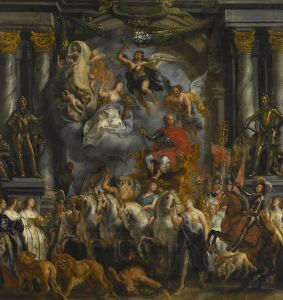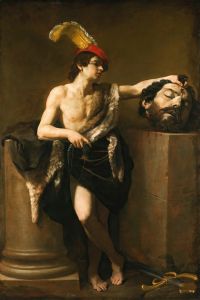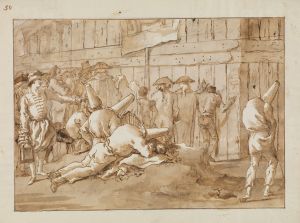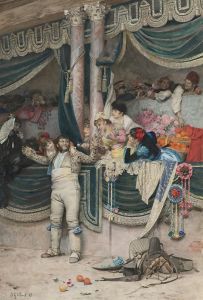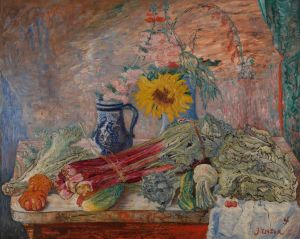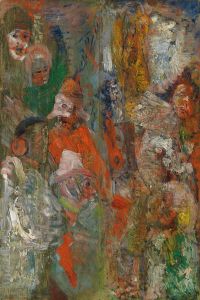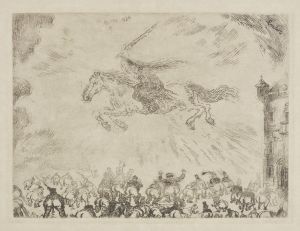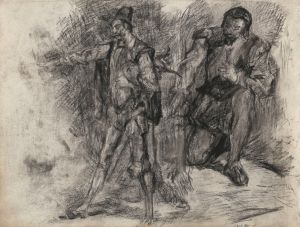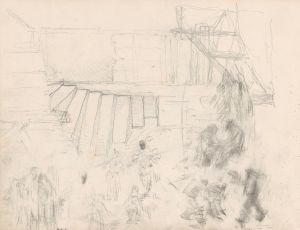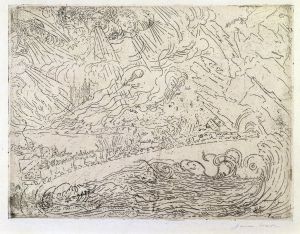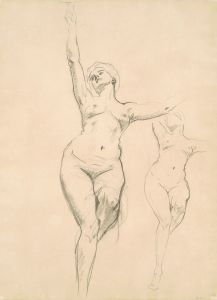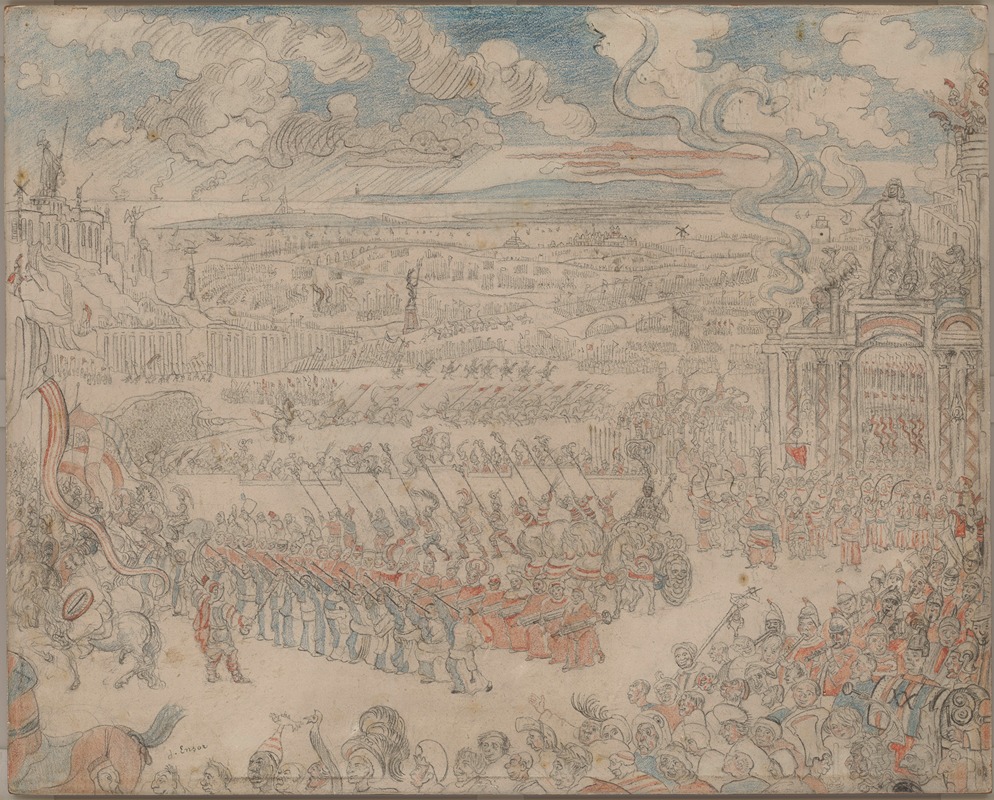
The Roman Triumph
A hand-painted replica of James Ensor’s masterpiece The Roman Triumph, meticulously crafted by professional artists to capture the true essence of the original. Each piece is created with museum-quality canvas and rare mineral pigments, carefully painted by experienced artists with delicate brushstrokes and rich, layered colors to perfectly recreate the texture of the original artwork. Unlike machine-printed reproductions, this hand-painted version brings the painting to life, infused with the artist’s emotions and skill in every stroke. Whether for personal collection or home decoration, it instantly elevates the artistic atmosphere of any space.
James Ensor's painting "The Roman Triumph" is a notable work by the Belgian artist, known for his unique style that blends elements of symbolism and expressionism. Ensor, who lived from 1860 to 1949, was an influential figure in the development of modern art, and his works often explore themes of satire, grotesque imagery, and the absurdity of human existence.
"The Roman Triumph" is a part of Ensor's broader oeuvre that frequently critiques societal norms and the human condition. While specific details about the painting's creation, such as the exact year it was painted, are not widely documented, it is consistent with Ensor's thematic interests and stylistic approaches during the late 19th and early 20th centuries.
Ensor's work often features crowded compositions filled with fantastical and often macabre figures, and "The Roman Triumph" is no exception. The painting likely depicts a chaotic and satirical procession, reminiscent of the triumphal parades of ancient Rome, where victorious generals would display their spoils and captives. However, in Ensor's hands, such a scene would be transformed into a critique of contemporary society, filled with exaggerated and grotesque characters that reflect the artist's disdain for the pretensions and hypocrisies he perceived in the world around him.
The use of vibrant colors and dynamic brushwork in "The Roman Triumph" is characteristic of Ensor's style. His palette often includes bright, almost garish colors that enhance the surreal and unsettling nature of his scenes. This approach aligns with his broader artistic goals of challenging viewers' perceptions and provoking thought about the underlying absurdities of societal conventions.
Ensor was deeply influenced by the cultural and political climate of his time, and his works often reflect his critical stance towards authority and tradition. "The Roman Triumph" can be seen as part of this critical dialogue, using historical references to comment on contemporary issues. The painting's chaotic and crowded composition may symbolize the tumultuous nature of modern life and the often-overlooked absurdity of societal rituals.
Throughout his career, Ensor was associated with the avant-garde movement in Belgium, particularly the group Les XX, which he co-founded. This group was instrumental in promoting modern art in Belgium and provided a platform for Ensor's unconventional works. His paintings, including "The Roman Triumph," were often met with mixed reactions, as their bold and unorthodox style challenged the artistic norms of the time.
In summary, "The Roman Triumph" by James Ensor is a significant work that encapsulates the artist's distinctive style and thematic concerns. Through its vibrant colors, chaotic composition, and satirical undertones, the painting offers a critique of societal norms and human folly, consistent with Ensor's broader artistic vision. While specific details about the painting's creation may be limited, its place within Ensor's body of work highlights his role as a pioneering figure in the development of modern art.





